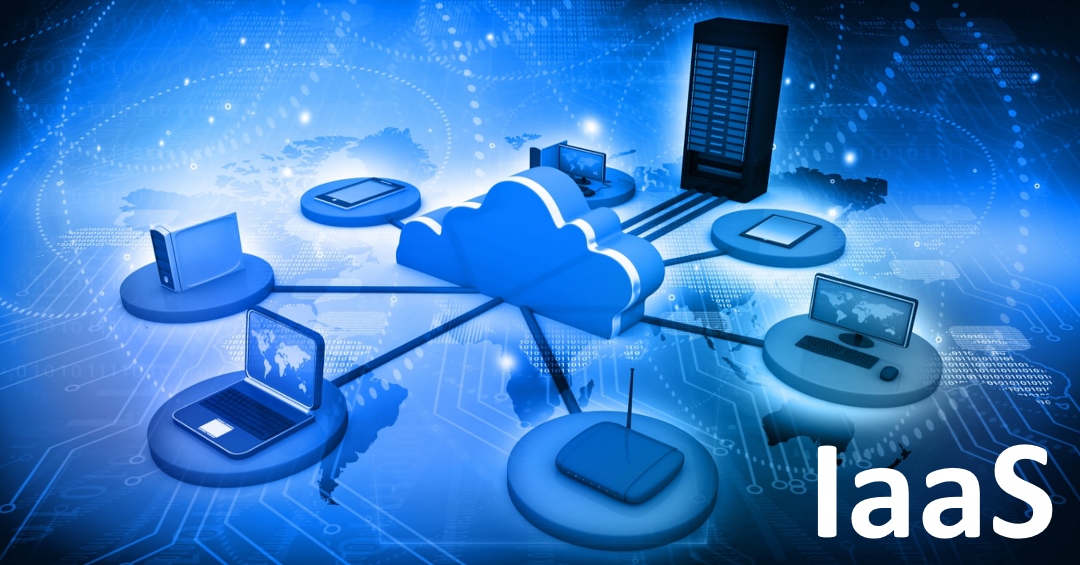As you know in our
previous article we have discussed about the concepts of Cloud Computing, its history, Benefits and Applications. Here we will discuss various service models of cloud computing. The most basic cloud service model suggested by Internet Engineering Task Force (IETF) is offering the services of computing infrastructure like Virtual Machines and other resources to the subscribers directly.
The IaaS cloud service model
Infrastructure as a service (IaaS) is the form of cloud computing that offers computing resources on the internet. IaaS provides its clients access to the virtualized components so that one can build their own IT platform. In IaaS model,the hardware, software, storage and services are hosted by a provider in place of the user. That third party provider also hosts applications for the users, maintenance and backup of the system.
IaaS provides online services or applications that can be used anywhere irrespective of the physical computing resource, location, scale etc. It has the ability to scale services up and down according to varying requirements of users.
The cloud service providers bill IaaS services on the utility basis. That means the cost can reflect the amount of resources allocated and consumed or the customer can pay on time basis like a week or a month. This pay-for-use method is user friendly as it eliminates the capital expense of the user. Secondly the user can easily monitor the data used to avoid being overcharged for the services
Global IaaS providers
- Windows Azure
- Google Compute Engine
- Amazon Web Services
- Rackspace Open Cloud
I- BM Smart Cloud Enterprise
Characterstics for IaaS
* Less Capital Investment - With IaaS, new businesses need not to set up and manage on-site data centers. Whole work can be done through carrier clouds or internet.
* Scalability - IaaS platform offers services and resources that can be adjusted on-demand of the customer even on daily basis.
* Disaster recovery - The most expensive aspect is to have a set up for backup and disaster recovery as it needs significant amount of technology and well trained experienced staff. With IaaS one can reduce this cost.
* Innovation - The innovative resources and new applications can be available in hours rather than weeks or months that can be taken if all set up is internal.
* Reliability - IaaS provider can make the system reliable by providing proper security to the data through backup and application through innovation.
* Ease of use - The end user need not to have the technical knowledge one need to focus just on his core work.
Examples of IaaS
* Cloud Hosting – From elementary physical servers to hosting of websites on virtual servers that are established on the pooled resources.
* Internal Business Networks – In business, using the networking resources and pooled servers for storing data and running applications
* Virtual Data Centres (VDC) – Interconnected virtual servers makes a virtualized network that can be used to provide cloud hosting options.
Limitations of IaaS
The only limitation of this basic service model is that as all the infrastructure is owned by IaaS providers, the system management and monitoring becomes difficult for the end user. And if the provider is facing some technical issues, all the subscribed customers or end user will be affected.
Conclusion
In all, migrating your businesses to IaaS is a better option now a days and most of the businesses are doing this with great levels of satisfaction and performance boost.
In the next article, we will discuss another important aspect of Cloud Computing - The PaaS. Stay tuned.
